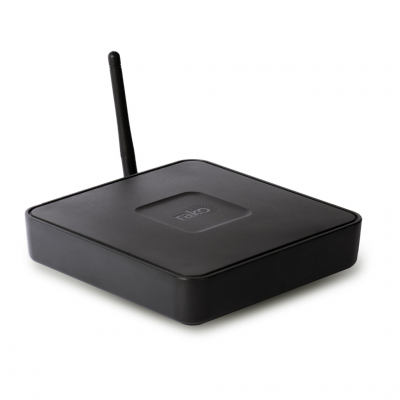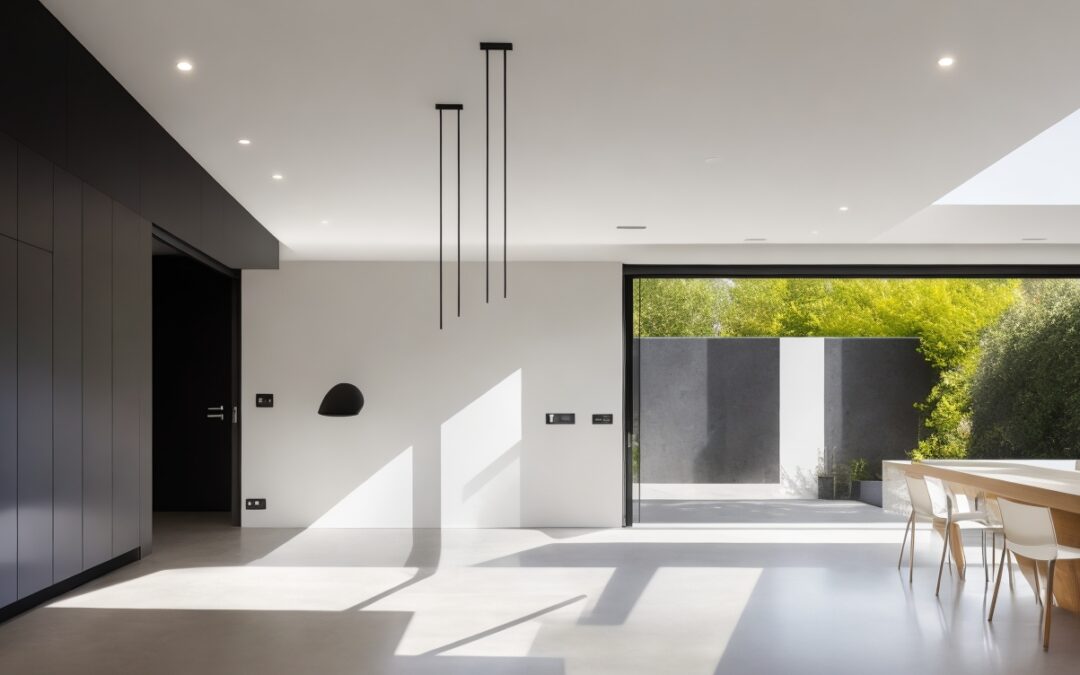Residential lighting design is an essential aspect of interior design and contributes significantly to the overall atmosphere and functionality of living spaces. The perfect lighting design can not only enhance the aesthetic appeal of a room but also influence the mood of its inhabitants. With ever-evolving technology impacting our daily lives, it is only natural that lighting design trends follow suit. In this article, we will delve into the trends we can expect to see in the world of UK residential lighting design in 2023.
The Evolution of Lighting Design
Over the years, lighting design has experienced numerous changes and advancements. From simple candles and cumbersome chandeliers to energy-efficient bulbs and modern, sleek designs, the journey has been a remarkable one. Trends in recent years have been characterized by an increasing focus on sustainability, aesthetics, and functionality.
As more customers have become environmentally conscious, lighting trends have evolved to introduce energy-efficient technologies and recyclable materials. Additionally, with the advent of smart homes and the Internet of Things (IoT), integrated lighting solutions have become increasingly popular. Consequently, contemporary lighting design not only considers the visual appeal of lighting fixtures but also their energy efficiency and role in smart technologies.
The following are the trends we anticipate to dominate UK residential lighting design in 2023. As we explore these themes, we'll consider how technology and sustainability influence the industry.
Smart Lighting
With the growing prominence of smart homes and IoT technology, it is no surprise that smart lighting solutions will be a significant trend in 2023. Smart lighting systems allow homeowners to take complete control of their lighting via mobile devices, voice commands, or integrated smart assistants. This technology enables users to adjust lighting intensity, colour, timing, and more, transforming the home's lighting experience entirely.
Smart lighting offers numerous benefits, including increased energy efficiency, customisability, and convenience. Energy savings are possible due to the intelligent control of dimming settings and timing schedules, reducing unnecessary power consumption. Furthermore, homeowners can create varied lighting setups to suit different situations, like a warm, cosy environment for relaxation or a bright, energetic atmosphere for work or exercise.
Sustainable Lighting
As mentioned earlier, sustainability has become a top priority for many homeowners. Consequently, the lighting industry has responded by developing energy-efficient technologies and eco-friendly materials.
Utility bills are a significant concern for UK homeowners. With energy prices continuing to rise, consumers are looking for ways to reduce their energy consumption without sacrificing quality or convenience. Lighting design has come a long way from the traditional incandescent bulbs. Modern LED lighting is not only longer-lasting but also much more energy-efficient. These attributes make it an attractive choice for homeowners looking to go green and save money.
The use of recycled and renewable materials is another approach to sustainable lighting design. Examples include lamps made from reclaimed wood or fixtures crafted using recycled aluminium. These materials can provide a unique aesthetic, while also minimising the environmental impact of production.
Minimalist Design
In a world where the appeal of simplicity and functionality is growing, minimalist lighting design will continue to be a prevalent trend in 2023. Stripped-back designs and monochromatic colour schemes, complemented by clean lines, embody the essence of the minimalist approach. By focusing on function and structure, minimalist lighting de-clutters spaces and creates a sense of openness.
Minimalist lighting often utilises feature pendant lights or concealed lights to provide functional yet visually appealing illumination without dominating a room's aesthetic. These design choices complement modern, minimalist interior design styles and encourage homeowners to focus on essential elements instead of unnecessary details.
Natural Elements
As the influence of biophilic design – a concept that seeks to merge built environments with nature – continues to grow, the incorporation of natural elements in lighting fixtures is expected to be a notable trend in 2023. This approach lends itself to the creation of unique and sustainable lighting designs.
Materials such as wood, bamboo, rattan, and even stone can be used to create intriguing and visually impressive lighting fixtures. These elements bring a touch of the outdoors into the home, fostering a sense of connection with nature that benefits overall well-being.
2023 Lighting Design Trends in UK Homes
Several UK homes already embrace elements of the lighting design trends mentioned above. For example, smart lighting systems like the Philips Hue range enable users to customise their lighting through a simple smartphone app. Simultaneously, brands like Tom Raffield have gained recognition for their handmade and sustainable wooden lighting fixtures, exemplifying the marriage of aesthetics and eco-friendliness.
In conclusion, the world of residential lighting design will continue to evolve in response to consumer demands, technological advancements, and the pursuit of sustainable practices. The 2023 UK residential lighting design trends, such as smart lighting, sustainability-focused solutions, minimalist design, and natural elements, signal a brighter and more eco-conscious future for the industry.
Lighting Controls for Mood Lighting
One of the key aspects of modern lighting design is the ability to create mood lighting. The right mood lighting can set the desired ambience in any room, whether it be warm and inviting or cool and energetic. This is where innovative lighting controls come into play, offering homeowners the power to transform their living spaces at the touch of a button.
Light Dimming
Light dimming is an integral part of mood lighting, as it allows homeowners to control the level of brightness in a room. With a dimmer switch, it becomes much easier to create a calm, soothing environment or a lively, vibrant one. Moreover, dimming also helps conserve energy by consuming less electricity when lights are not needed at full brightness.
Modern dimming technology has evolved beyond traditional rotary and slide dimmer switches. Wireless and smart dimmers can now communicate directly with connected light bulbs or fixtures, offering seamless integration with smart home systems for optimal convenience.
Lighting App Control
As smartphones continue to play an increasingly central role in our daily lives, it is no surprise that lighting control apps have become a popular and convenient way to manage home lighting. These apps offer a range of features that allow homeowners to customise their mood lighting from the comfort of their sofa or even remotely.
With an app, users can control the brightness and colour temperature of their lighting in real-time. In addition, some apps offer the ability to create 'scenes' or pre-set lighting configurations for different occasions or times of the day. For instance, users can establish a 'relaxation' scene with warm tones and low brightness levels or a 'morning wake-up' scene with cool, energising light.
Furthermore, app-controlled lighting systems can also integrate with other smart home devices, like smart thermostats, security cameras, or voice assistants, for a fully connected and customisable smart home experience.
In conclusion, the advancements in lighting controls, such as dimming technology and lighting app control, contribute significantly to the evolution of residential lighting design. By enabling homeowners to create mood lighting that can support various atmospheres, these technologies ultimately help to transform the way we experience and interact with our living spaces.
FAQ
How will smart lighting feature in 2023 UK residential lighting design trends?
Smart lighting will be a prominent trend in 2023, with homeowners seeking increased control, customisation, and convenience from their lighting systems. With the growing popularity of smart homes and IoT technology, smart lighting solutions will enable users to manage lighting intensity, colour, and timing via mobile devices, voice commands, or integrated smart assistants.
What role does sustainability play in lighting design trends for 2023?
Sustainability is a significant factor in the 2023 UK residential lighting design trends, as greener options and energy-efficient technologies become more popular among eco-conscious homeowners. Sustainable lighting design encompasses the use of energy-efficient LED bulbs, as well as materials such as reclaimed wood, recycled aluminium, or other renewable resources for lighting fixtures.
How does minimalist design impact residential lighting trends in 2023?
Minimalist design is expected to maintain its popularity in 2023, as homeowners look to declutter their living spaces and create a sense of openness. In lighting design, minimalism often involves the use of functional yet visually appealing feature pendant lights or concealed lighting, which complements modern interior styles and maintains the focus on essential elements.
What is the role of natural elements in the 2023 UK residential lighting design trends?
The influence of biophilic design will increase the popularity of incorporating natural elements in lighting fixtures for 2023. Materials such as wood, bamboo, rattan, and stone can be used to create unique and sustainable lighting designs that bring a touch of nature indoors, improving overall well-being and enhancing the home's aesthetic appeal.
How can lighting controls, like dimming technology and lighting app control, enhance mood lighting in homes?
Lighting controls allow homeowners to easily customise and control the ambience of their living spaces. Dimming technology helps set the desired atmosphere by adjusting the level of brightness in a room. Meanwhile, lighting app control offers further customisation options, such as changing light colour temperature and programming pre-set 'scenes' or lighting configurations for different moods or times of the day. These controls, combined with smart home integration, provide a personalised and seamless lighting experience.
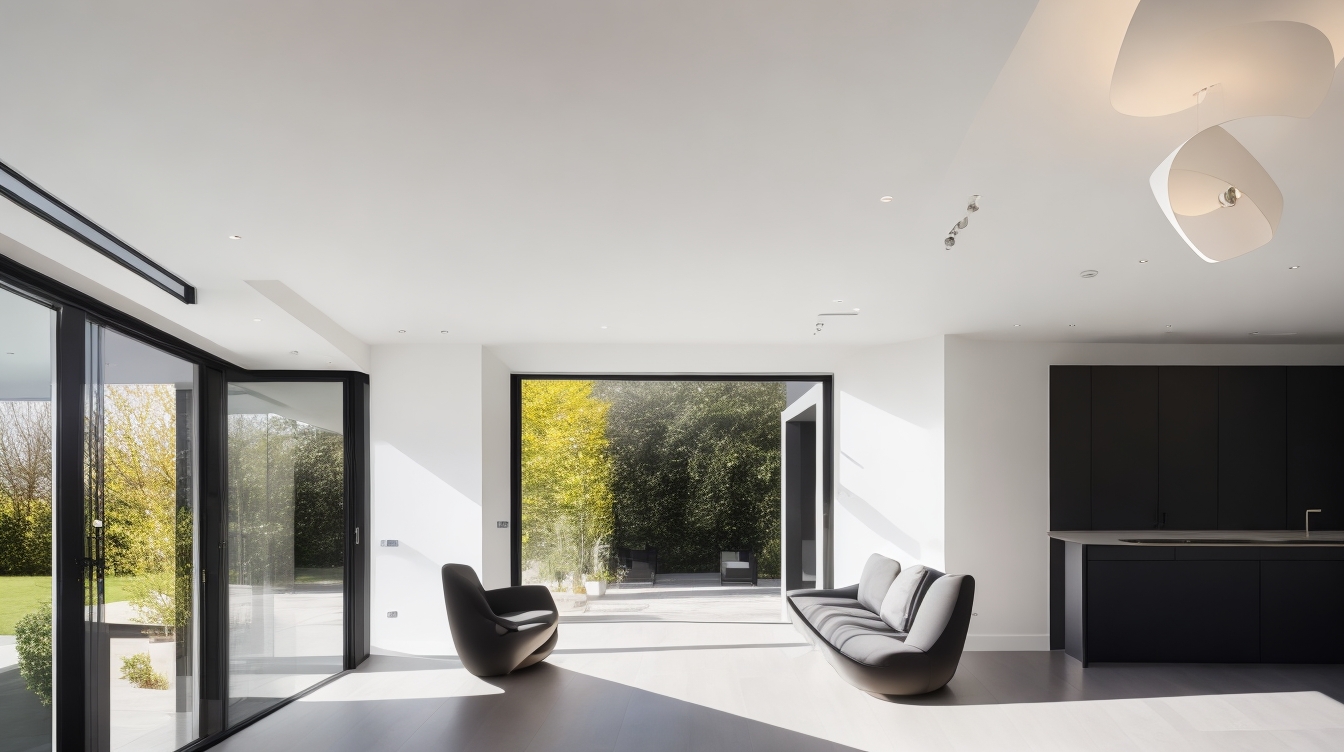
Rako Lighting Controls Systems
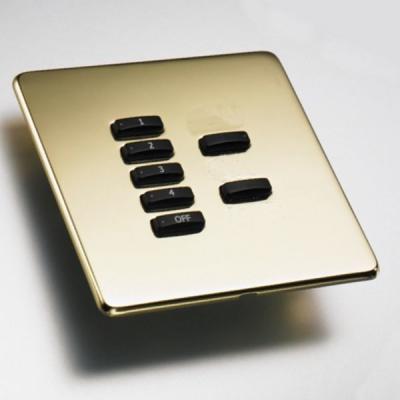
Rako Keypads
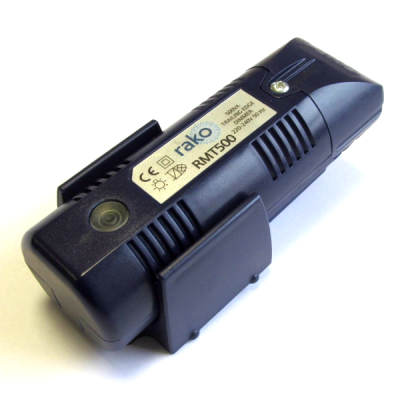
Rako Dimmers
